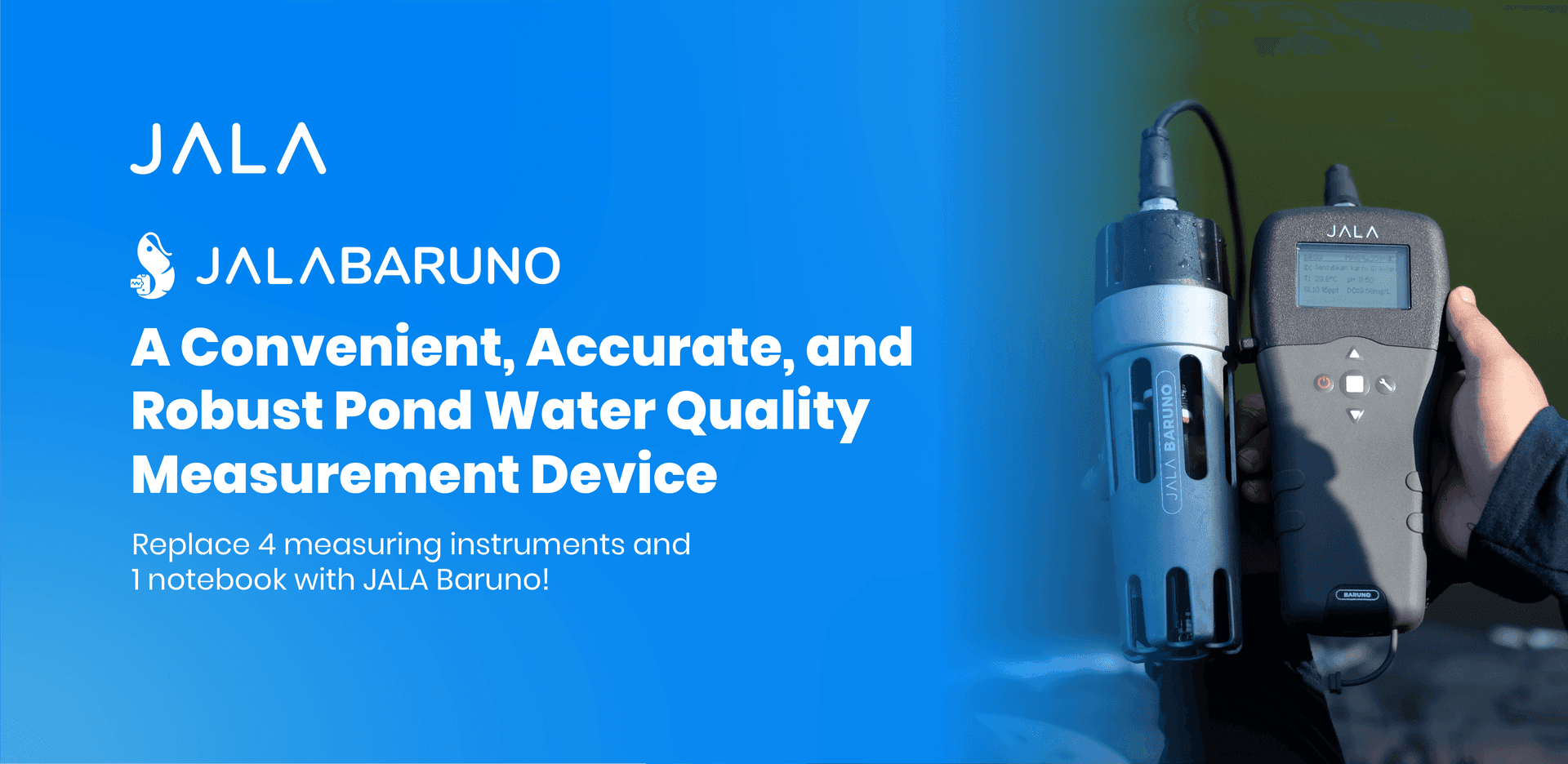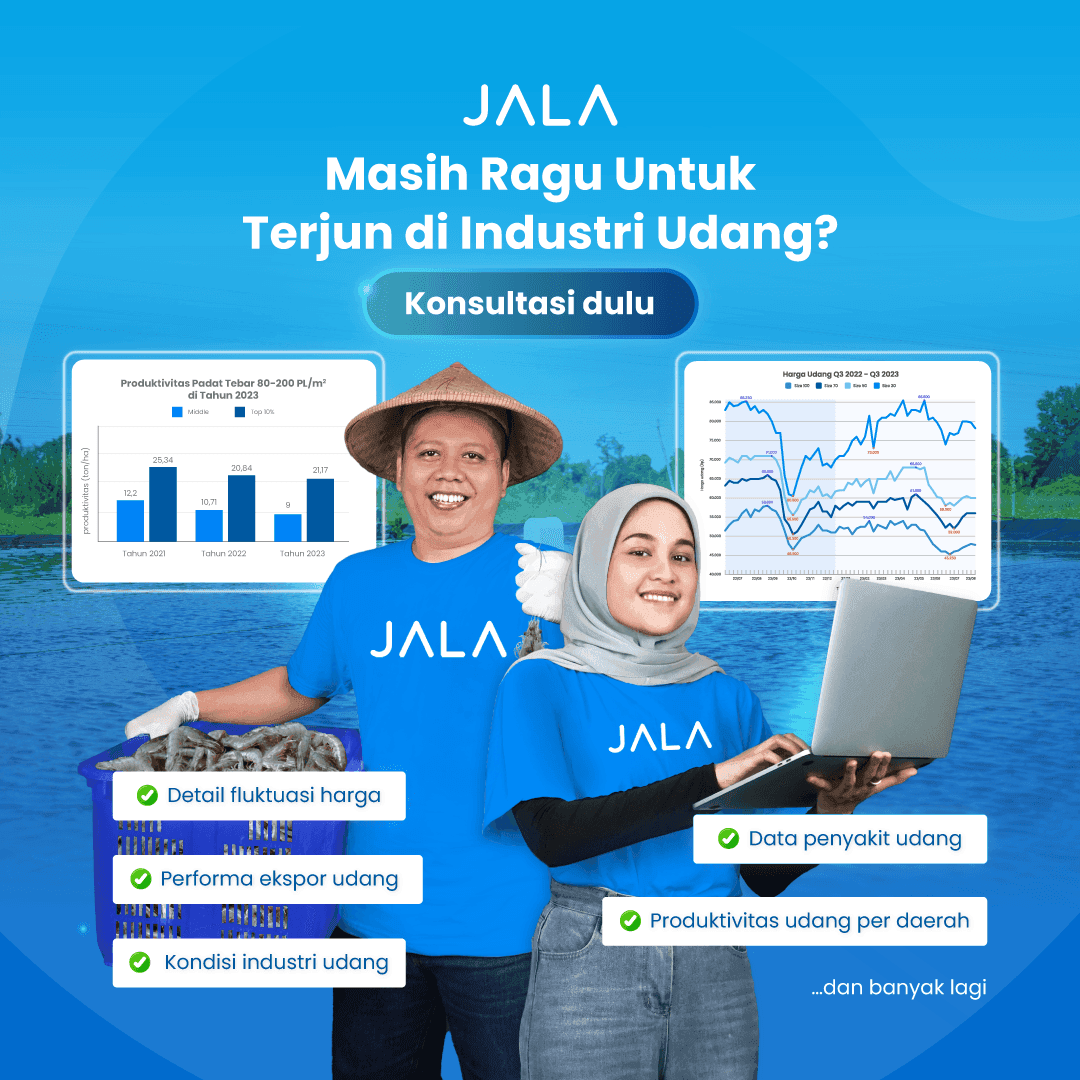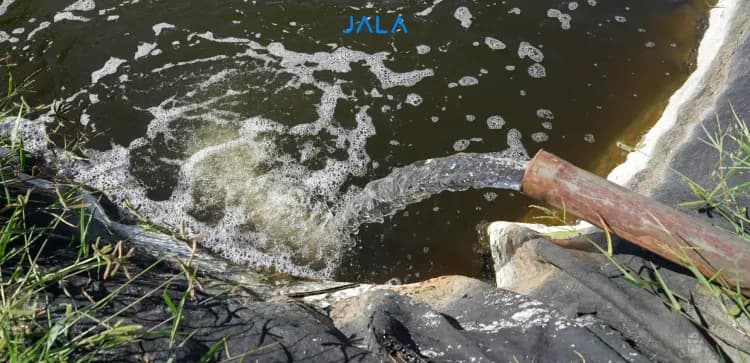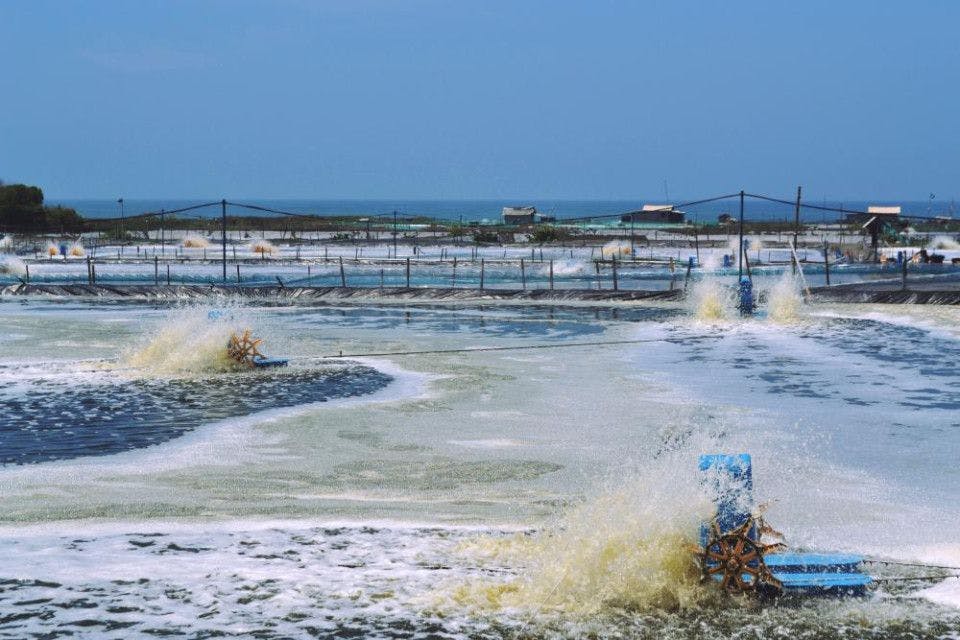
In the equatorial countries with two seasons like Indonesia, the wet or rainy season is started at the end of the year. The rainy season always a challenge for shrimp farmers because rain can make the water quality like pH, salinity, dissolved oxygen (DO) and temperature changing quickly. These changes can make the shrimp stress, lowering their immune, and makes them susceptible to the disease.
There are several things that occur when the shrimp pond exposed to the rain constantly and need to pay attention,
- Temperature, dissolved oxygen, pH, alkalinity, and salinity suddenly drop due to the dilution of water concentration.
- If the phytoplankton density inside the pond is high, rain can cause the mass death of phytoplankton.
- The organic material piling up at the bottom of the pond.
- A toxic H2S could emerge.
- The pathogen bacteria could outnumber the beneficial bacteria.
- These conditions will affect shrimp conditions. Make them stress, mass moulting occurs, even the shrimp get the softshell due to lack of mineral nutrition inside the pond. (Trobos).
There are several steps to avoid those condition,
- Run all the aerators, each of the aerators should have a rotational speed of around 80 to 85 rotation/minute. To test this, spread 5 to 10 kg of saponins to the pond. If the bubbles are gathered at the center of the pond. The aerators are placed and installed correctly. If it's not, please adjust the aerator until you get the bubble gathered at the center of the pond.
- Keep the dissolved oxygen value or level 20% higher than the normal condition.
- Dispense the water excess from the rain.
- Hold the feeding process when rain occurs.
- Do the frequent water quality checking or measurement after the rain.
- Check the water color, transparency or turbidity, even the feed on the feeding tray. The other parameters like pH, alkalinity, salinity, dissolved oxygen, and temperature are also important to check.
- Keep the pH level in the optimum condition (7.5 to 8.5).
- To reduce the drop pH level when rain occurs, use a lime along the edges of the pond before the raindrop (at the dry condition) with an amount of 10 kg lime per 100m2. After the rain stop, use 10 - 20 kg of lime per hectare. Keep running the aerator to avoid lime clot at the bottom of the pond.
- In heavy rain, the excess water should be dispensed gradually to avoid the sudden drop of salinity. It also prevents the pond from being flooded, makes the pressure at the bottom of the pond higher and potentially break the pond.
Jala Baruno makes the water quality measurement process faster and easier. It connected with the farm management app that helps you monitor the water quality condition and other data like feed consumption, shrimp growth and so on. It helps you keep aware and informed of your pond condition on a rainy day, where the condition could change quickly.

Plankton in the rainy season
In the rain season, the salinity level will decrease. When the salinity inside the pond drop below 8 ppt, it will grow the blue-green algae that can cause several things,
- Sudden pH drastic change during the day.
- Low dissolved oxygen level in the morning.
- This plankton is dangerous and harmful. Shrimp can suffer from black gill disease
To prevent this, shrimp farmer can reduce the feed amount, apply the disinfectant to fight the micro pathogen and apply probiotics with zeolite combination to absorb the toxic gas from the death plankton at the bottom of the pond.
Manage the waste in the rainy season
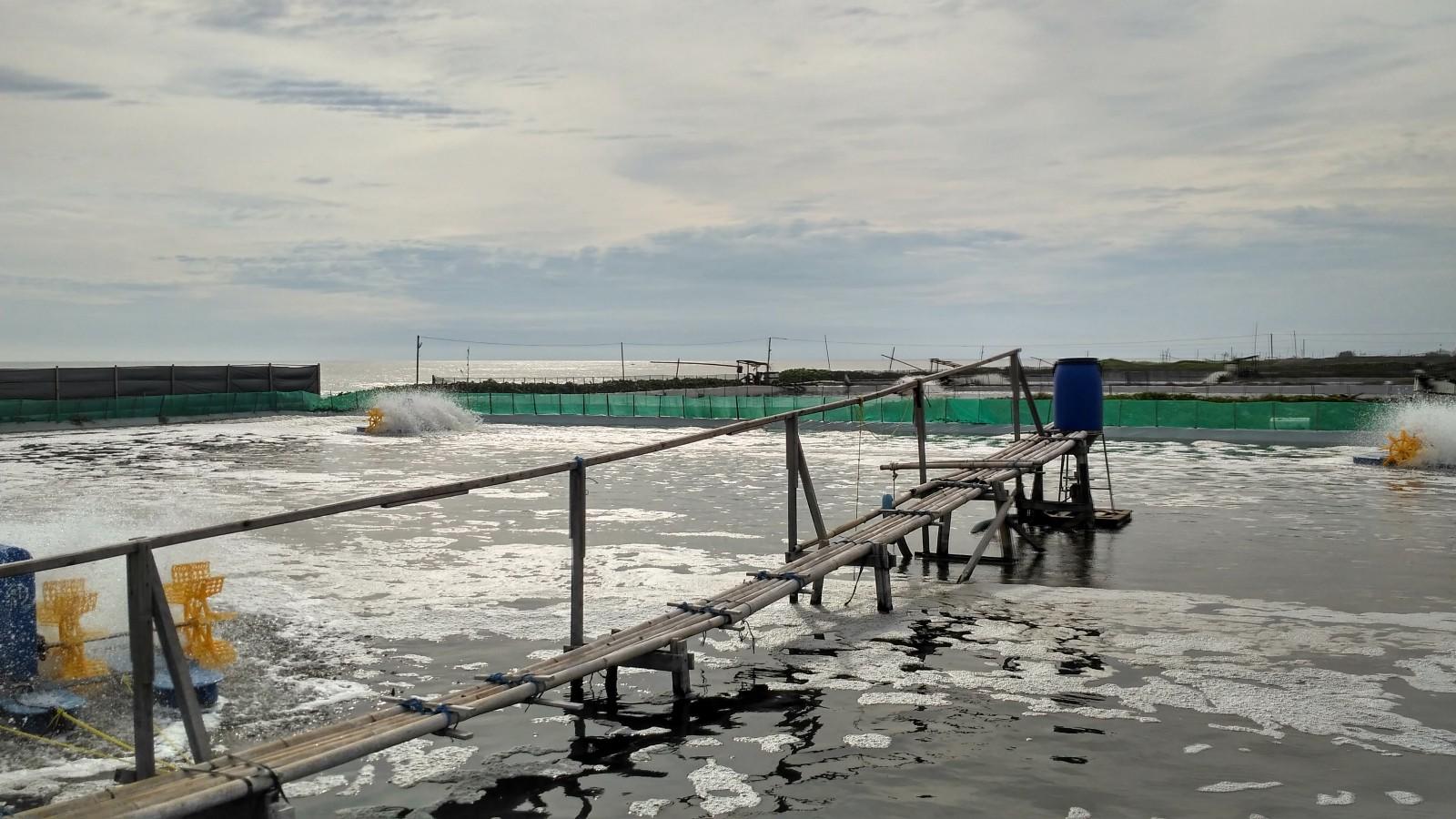
The salinity drop in the rainy season can cause the toxic compound or gas from the waste at the bottom of the pond emerge. Like NO2 (nitrite) that become toxic when the salinity is below 10 ppt and can harm the shrimp inside the pond. There are several things to consider to avoid this,
- Reduce the feed waster by monitor the feed amount condition on the feeding tray.
- Use a probiotic regularly to accelerate the growth of waste decomposing bacteria.
- Do a syphon to dispose of the waste at the bottom of the pond.
- Run the aerator to increase the dissolved oxygen level.
- Keep the pH level at 7.5 to 8.5.
- Keep monitor the NH3 (ammonia), H2S (hydrogen sulfide), dan NO2 (nitrite) level of the pond.

